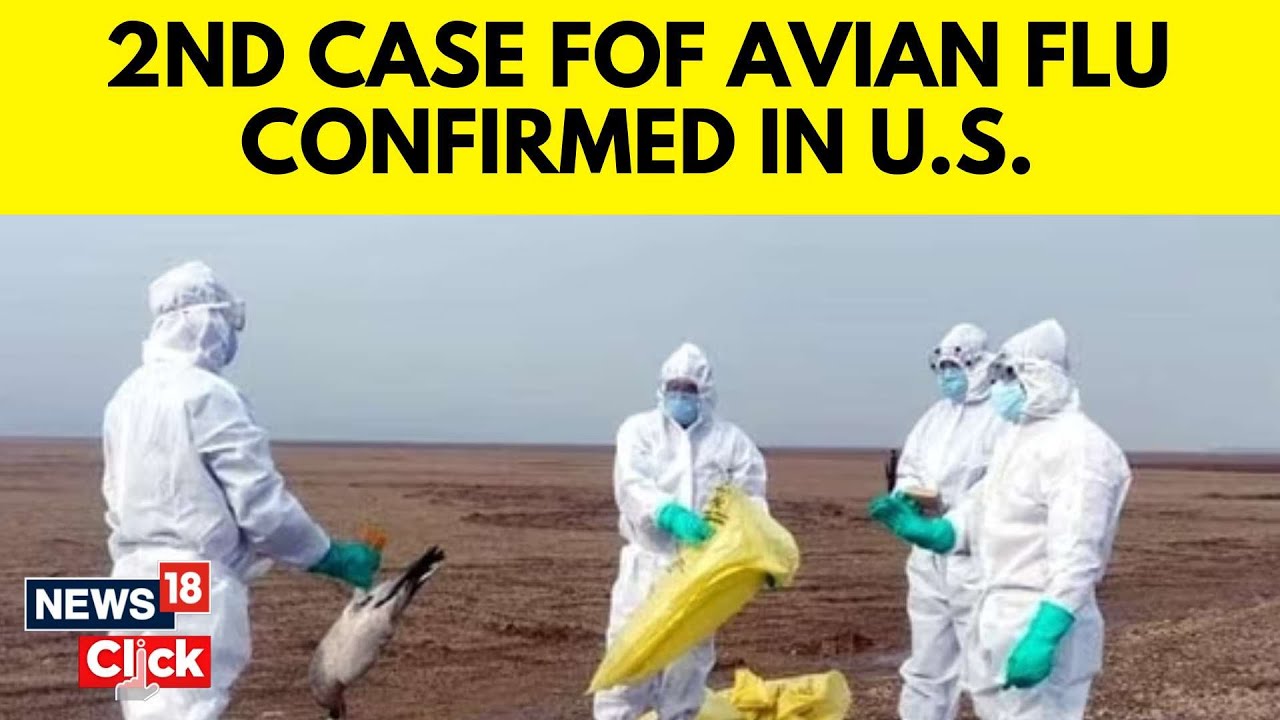Texas has reported its first case of highly pathogenic Avian Flu in humans, marking a concerning expansion of the threat. The confirmation of a second human case in the United States adds to the urgency of monitoring and managing the situation.
Authorities in Texas disclosed that an individual in the state has contracted the flu following close contact with infected cows. This revelation comes in the wake of the U.S. Department of Agriculture (USDA) confirming cases of bird flu in mammals across three states: Washington, Kentucky, and Montana, just a week prior.
The incident in Texas, announced by the state’s Department of State Health Services on April 1, involved a patient diagnosed with avian influenza after exposure to dairy cows suspected of carrying the virus. The primary symptom exhibited by the patient was conjunctivitis, commonly known as “pink eye.”
However, according to the Texas Department of State Health Services (TDSHS), the new case, stemming from direct exposure to suspected infected cattle, does not elevate the risk level for the general public, which remains assessed as low.

Avian Flu Concern Escalates: Second Human Case Identified in U.S., First in Texas (Credits: YouTube)
This Texas case marks the first reported instance of the highly pathogenic strain of avian influenza in humans within the state, and the second such case in the U.S. after an individual in Colorado was similarly reported to have contracted H5N1 following direct contact with infected poultry.
The Centers for Disease Control and Prevention (CDC), along with the United States Department of Agriculture (USDA) and the United States Food and Drug Administration (FDA), issued a joint statement on March 29th to address concerns raised by avian flu cases in mammals.
They emphasized that there are no safety concerns regarding dairy products in the United States, as pasteurization, a standard procedure before product sale, effectively ensures their safety. Earlier, U.S. officials had alerted the public to the potential rise in cases of highly pathogenic avian influenza (H5N1) circulating among marine mammals.
Despite these developments, the likelihood of a widespread outbreak of avian flu in humans remains low. The CDC has noted that most human infections caused by avian influenza viruses worldwide have been attributed to the Asian lineage of the bird flu virus (H7N9) and the highly pathogenic avian influenza A(H5N1) virus.
Symptoms of Avian Flu in humans may include mild fever, conjunctivitis, cough, sore throat, muscle or body aches, headaches, and in some instances, diarrhea, nausea, and vomiting. Vigilance and timely response remain crucial in mitigating the spread of the virus and safeguarding public health.























